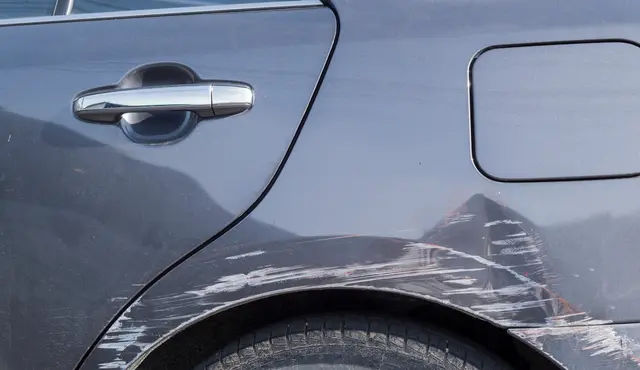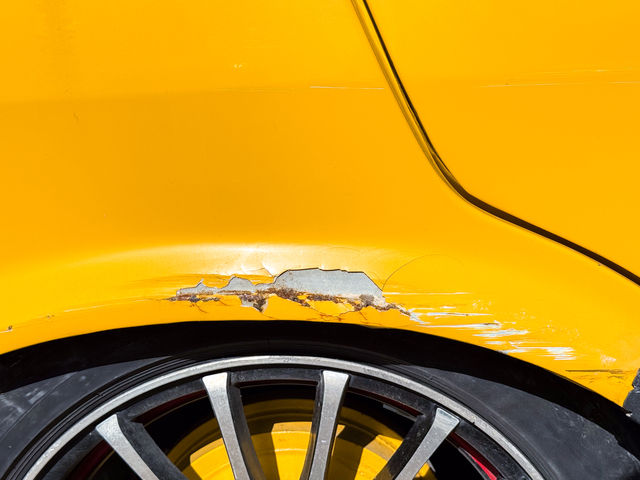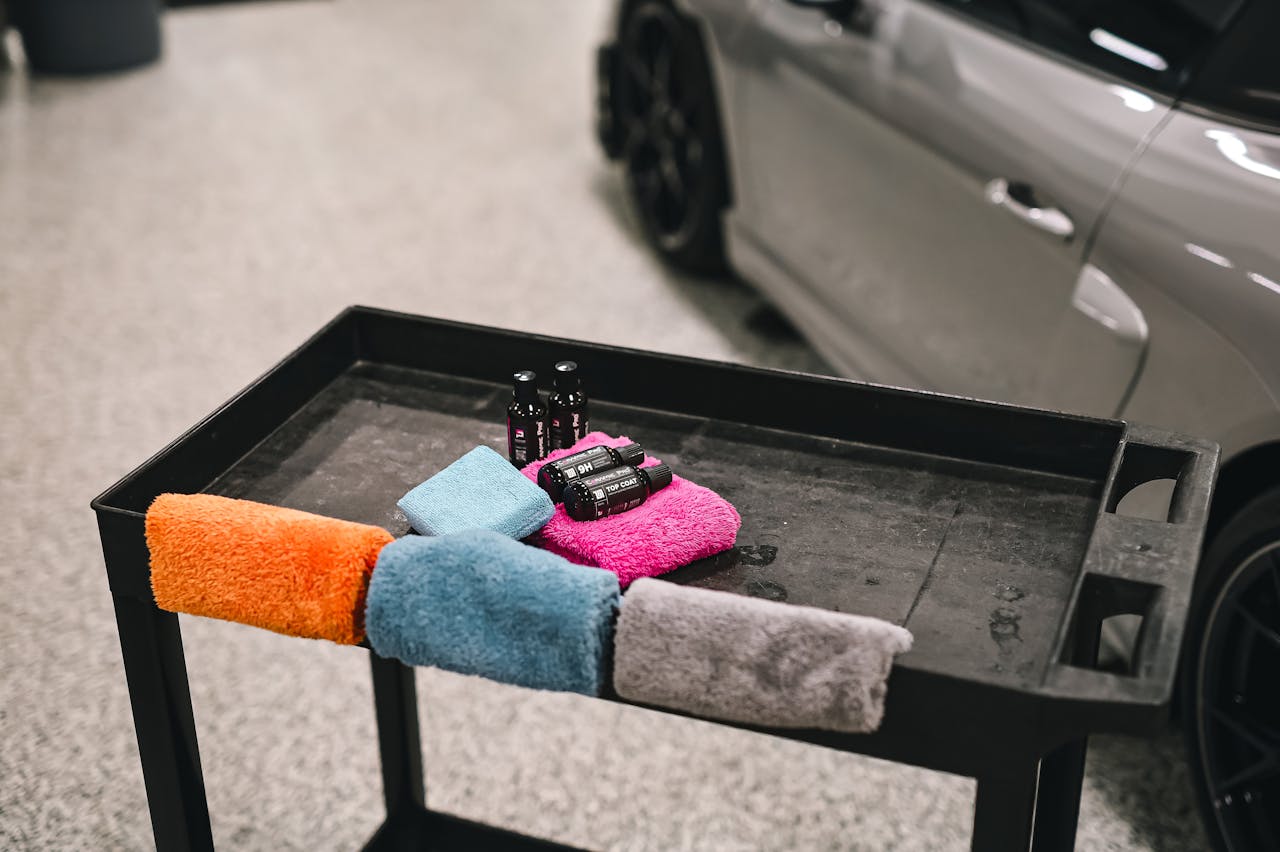
Discovering a new scratch on your car's paint can be frustrating, but not all scratches require expensive professional repairs. With the right techniques and materials, you can fix many types of scratches yourself. This comprehensive guide will walk you through identifying different scratch types and the best DIY methods to repair them.
1. Identifying the Type of Scratch
Before attempting any repair, examine the scratch carefully to determine its depth:
Clear Coat Scratches
Appearance: Light marks that don't expose the color layer
Test: Scratch disappears when wet
Repair Difficulty: Easy (can often be polished out)
Base Paint Scratches
Appearance: Visible color, but no metal exposed
Test: Can feel with fingernail but not catch it
Repair Difficulty: Moderate (requires touch-up paint)
Deep Primer/Metal Scratches
Appearance: Visible metal or primer layer
Test: Can easily catch fingernail
Repair Difficulty: Advanced (may need professional help)
Important:
Deep scratches that expose bare metal require immediate attention to prevent rust. If you're unsure about the scratch depth, consult our Car18 scratch assessment service before attempting repairs.
2. DIY Repair Methods for Different Scratches
A. Fixing Clear Coat Scratches
- Clean the area thoroughly with car shampoo and dry completely
- Apply rubbing compound to a microfiber pad and work into scratch using circular motions
- Wipe away residue and inspect - repeat if necessary
- Apply polish to restore shine and protect the clear coat
- Finish with wax for added protection
Pro Tip:
For best results, work in small sections (about 30x30cm) and keep the surface lubricated with quick detailer spray to prevent burning the paint.
B. Fixing Base Paint Scratches
- Clean and degrease the area with isopropyl alcohol
- Apply primer if metal is exposed (let dry completely)
- Apply touch-up paint in thin layers using a brush or applicator
- Allow to dry between coats (3-4 thin coats recommended)
- Apply clear coat to protect the repair
- Level the repair with 2000-grit wet sanding once fully cured
- Polish to blend with surrounding paint
C. Fixing Deep Scratches (Primer/Metal)
Note:
Deep scratches often require professional repair for perfect results. These DIY steps can temporarily prevent rust but may not be invisible.
- Clean the area thoroughly and sand lightly to remove rust
- Apply rust converter if any metal is exposed
- Fill deep scratches with body filler if needed (sand smooth when dry)
- Apply primer, then paint, then clear coat as with base paint scratches
- Wet sand carefully to blend edges
- Polish the entire panel for uniform appearance
3. Essential Tools for DIY Scratch Repair
Having the right tools makes all the difference in scratch repair results:
- Quality touch-up paint (exact match for your car)
- Microfiber applicators (various sizes)
- Dual-action polisher for professional-level results
- Sandpaper assortment (1500-3000 grit)
- Automotive masking tape for clean edges
- LED work light to properly see scratches
Car18 Recommendation:
Our Scratch Repair Kit includes all the essential tools plus professional-grade compounds and detailed instructions. Perfect for first-time DIYers.
4. Common DIY Scratch Repair Mistakes to Avoid
- Using incorrect paint code - Always verify your exact color
- Skipping surface prep - Clean thoroughly before any repair
- Applying too much paint - Multiple thin coats work best
- Rushing the process - Allow proper drying time between steps
- Over-sanding - Can damage surrounding good paint
5. When to Call a Professional
Consider professional help for:
- Scratches longer than 15cm
- Multiple scratches in the same area
- Damage on curved or complex panels
- If DIY attempts haven't worked
- When perfection is required (like on new cars)
Final Tip:
For scratches you're not comfortable repairing yourself, our Car18 Paint Restoration Service can make your car look new again. We use professional techniques that go beyond what's possible with DIY methods.
Conclusion
With patience and the right techniques, you can successfully repair many car scratches at home. Start with small, inconspicuous areas to build your confidence. Remember that proper preparation and quality materials make all the difference in achieving professional-looking results. For complex repairs or if you're unsure, don't hesitate to consult our Car18 experts.



Leave a Comment
Share your scratch repair experiences with our community
Post a Comment